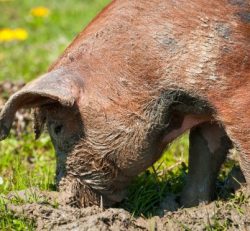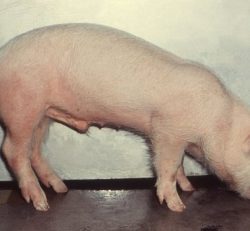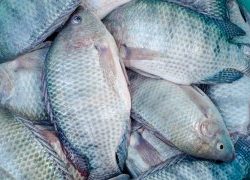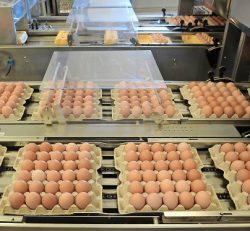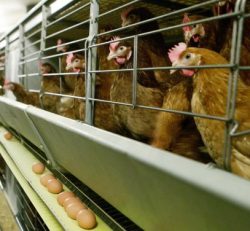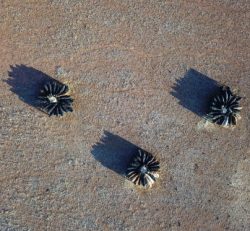FEED PHOSPHATES MARKET TO GROW IN COMING YEARS
The feed phosphates market is projected to grow at a CAGR of 3.7% during the forecast period (2018–2024), to reach a value of US$ 2.80 billion by 2024.
This is according to MarketsandMarkets.
Feed phosphates are defined as inorganic salts of phosphoric acid that are extracted from the phosphate rock. These phosphates are an essential nutrient in animal diets, ensuring optimal growth, improving gut functionality, fertility, and aiding bone development. The major types of feed phosphates used are dicalcium phosphate (DCP) and monocalcium phosphate (MCP), which hold a majority of the market share. Other types of feed phosphates include mono-dicalcium phosphate, tricalcium phosphate, and defluorinated phosphate.
Monocalcium feed phosphate to grow fastest
Analysis by market research firm MarketsandMarkets shows that the feed phosphates market is projected to grow during the coming years. Amongst various feed phosphate types, monocalcium feed phosphate (MCP) is expected to grow at the highest rate during the forecast period. The purified form of monocalcium phosphate is obtained by the reaction of calcium hydroxide with wet process phosphoric acid. Highly soluble and easy to handle, it can be used in mixed feed and minerals. Its usage in feed enhances the reproduction cycle of animals, in addition to the prevention of abnormal development of bones. Furthermore, MCP has the highest digestible phosphorus content of ~80%, which is the major reason why many feed manufacturers and producers are beginning to switch from DCP to MCP. The high solubility and optimal phosphorus concentration of MCP offer increased flexibility in dietary formulations.
Alternatives for phosphate rock
Most companies in the feed phosphates market have similar kinds of products and use the same kind of production process to produce feed phosphate from phosphate rock, which is a finite resource. However, to ensure a sustainable supply of good quality phosphates for the feed industry, market players need to invest in their R&D and come up with innovative production processes and alternative sources of phosphorus. In recent years, there has been a significant number of innovations in phosphorus recovery technology. Various methods can be applied for phosphorus recovery, including chemical precipitation, biological phosphorus removal, crystallization, and novel chemical precipitation approach, the latest among them being the wet-chemical process using fly ash. A number of efforts are undertaken to recycle the phosphorus contained in wastewater, sewage sludge as well as from the fly ash of incinerated sewage sludge. Such innovations in production processes and newer raw materials are likely to reduce the dependence on phosphate rock, thereby reducing feed phosphate prices.
Increased use of phytase
The high cost of phosphate salts, such as monocalcium and dicalcium phosphates, has led to the increase in the usage of substitutes such as phytase, which is lower in cost and can be used as a means of controlling the overall feed cost. Apart from being comparatively cost-effective, the usage of phytase in feed has many advantages and fulfils various functionalities of feed phosphates, such as enhancing digestive processes, improving bone health, accentuating body weight, and breaking down indigestible phytic acid (found in grains and oilseeds), thus aiding the release of digestible phosphorus, calcium, and other nutrients that help the growth of animals. Further, phytase promotes higher feed intake when compared to feed phosphates, which help in the physical development of animals, leading to better performance. Therefore, the market for feed phosphates is expected to experience a moderate growth rate, owing to a number of innovations that are expected to aid market production and supply. However, diversions in the consumption and usage of feed phosphates due to the advent of substitutes, such as phytase, are expected to disrupt the market growth during the forecast period.
MarketsandMarkets
Source: www.allaboutfeed.net



